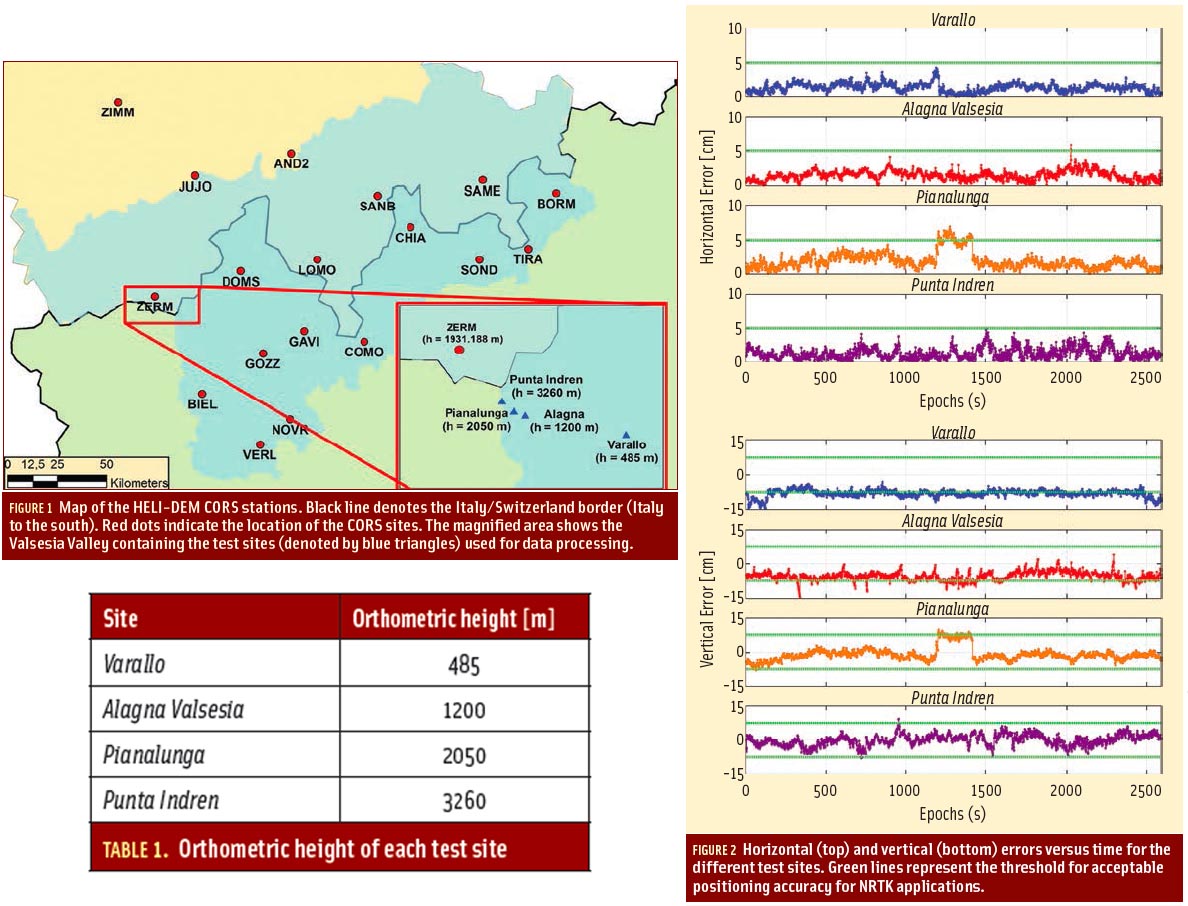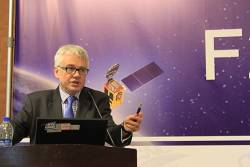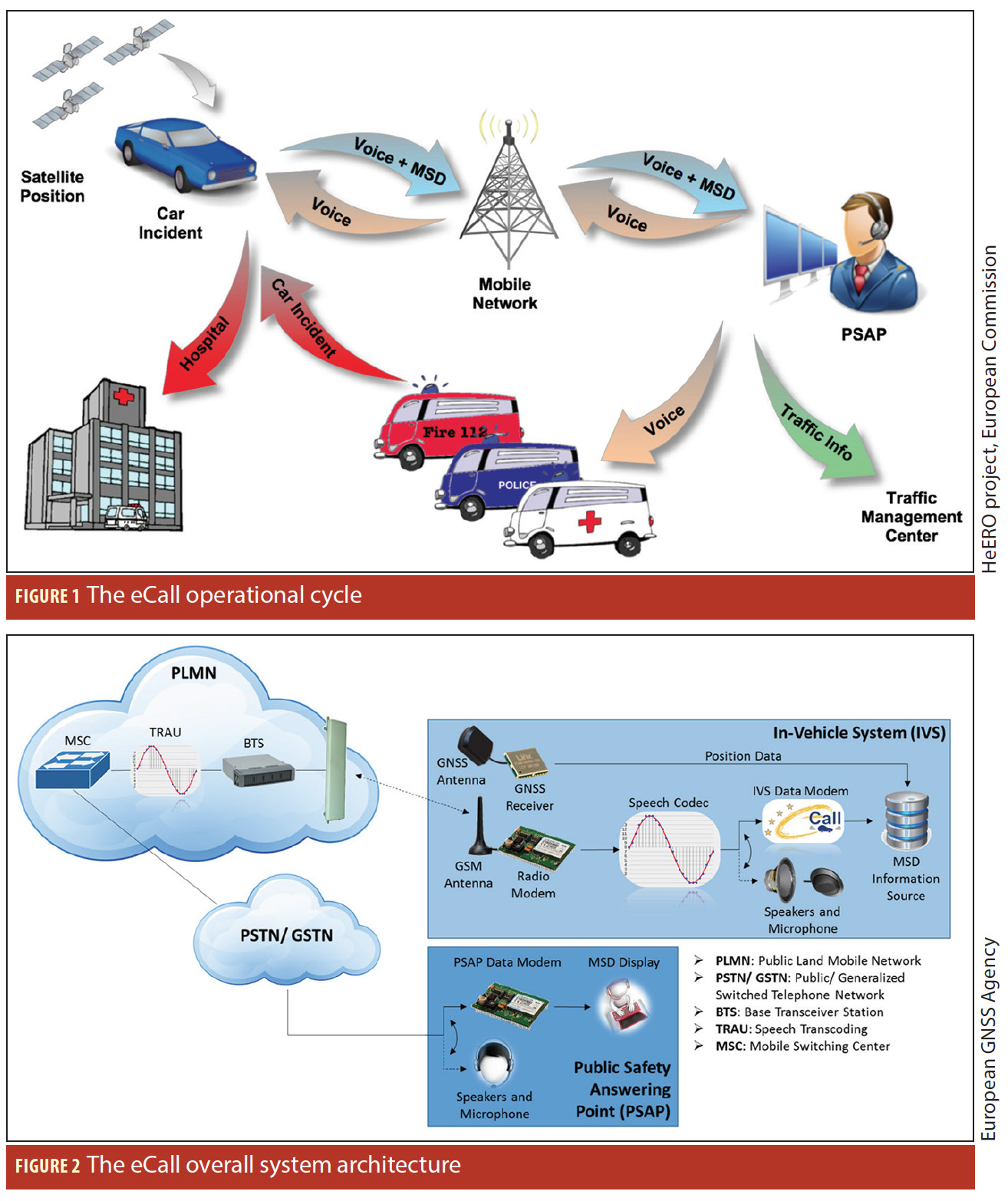Figures 1, 2 & 3: Code Shift Keying
Return to main Working Papers article: "Code Shift Keying"
By Inside GNSSReturn to main Working Papers article: "Code Shift Keying"
By Inside GNSS Equations 1 – 10
Equations 1 – 10The constant growth and evolution of the positioning, navigation, and timing (PNT) market generate demands for more and more added-value applications and services relying on GNSS signals, with expectations for improved accuracy and availability. Some services may also rely on added-value content other than navigation messages, for example, higher data volume with less latency, such as the data carried by satellite-based augmentation system (SBAS) services and the Galileo Commercial Service.
By Günter W. Hein
Q: How Important Is It to Synchronize the Code and Phase Measurements of a GNSS Receiver?
A: Precise timing lies at the heart of GNSS implementation and operation and is generally well understood in terms of synchronizing individual satellites and/or receivers. Recent results, however, have demonstrated that timing of code and phase measurements in a receiver can have significant implications for the timing community in particular.
By Inside GNSSSpeakers at the low-in-profile but high-in-content International Association of Institutes of Navigation (IAIN) conference in Prague this year threw into stark relief some of the big GNSS programs and even bigger GNSS questions.
By Peter Gutierrez
Stuart Riley was born and raised in Nottingham, England, where some of the crucial crossroads in his career appeared quite early.
One such inflection point came when he was just 10 or 11, and it involved a birthday present from his sister, Alison.
By Inside GNSS Figures 1 & 2
Figures 1 & 2On April 28, 2015, the European Parliament voted in favor of an eCall regulation, which requires all new models of passenger cars and light vans that will be certified for the European market to be equipped with the automated emergency-call technology beginning in April 2018. The measure applies to all such vehicles regardless of selling price. In the future, a similar service may be implemented for trucks as well.
By Inside GNSS Moscow in Spring
Moscow in SpringThe 10th International Navigation Forum will take place during the 8th International Navitech Exhibition at the Expocentre Fairgrounds in Moscow, Russia on May 10-13, 2016.
Registration information can be found here.
By Inside GNSSGlobal navigation satellite systems have become core elements of the global economy. Essential for many civilian applications and innovations, GNSS brings rapidly growing economic benefits due to convergence of GNSS with smartphones, geospatial data, unmanned aerial vehicles, automated driving systems and other commercial technologies.
By Ingo Baumann One of 12 magnetograms recorded at Greenwich Observatory during the Great Geomagnetic Storm of 1859
One of 12 magnetograms recorded at Greenwich Observatory during the Great Geomagnetic Storm of 1859 1996 soccer game in the Midwest, (Rick Dikeman image)
1996 soccer game in the Midwest, (Rick Dikeman image)
 Nouméa ground station after the flood
Nouméa ground station after the flood A pencil and a coffee cup show the size of NASA’s teeny tiny PhoneSat
A pencil and a coffee cup show the size of NASA’s teeny tiny PhoneSat Bonus Hotspot: Naro Tartaruga AUV
Bonus Hotspot: Naro Tartaruga AUV
 Pacific lamprey spawning (photo by Jeremy Monroe, Fresh Waters Illustrated)
Pacific lamprey spawning (photo by Jeremy Monroe, Fresh Waters Illustrated) “Return of the Bucentaurn to the Molo on Ascension Day”, by (Giovanni Antonio Canal) Canaletto
“Return of the Bucentaurn to the Molo on Ascension Day”, by (Giovanni Antonio Canal) Canaletto The U.S. Naval Observatory Alternate Master Clock at 2nd Space Operations Squadron, Schriever AFB in Colorado. This photo was taken in January, 2006 during the addition of a leap second. The USNO master clocks control GPS timing. They are accurate to within one second every 20 million years (Satellites are so picky! Humans, on the other hand, just want to know if we’re too late for lunch) USAF photo by A1C Jason Ridder.
The U.S. Naval Observatory Alternate Master Clock at 2nd Space Operations Squadron, Schriever AFB in Colorado. This photo was taken in January, 2006 during the addition of a leap second. The USNO master clocks control GPS timing. They are accurate to within one second every 20 million years (Satellites are so picky! Humans, on the other hand, just want to know if we’re too late for lunch) USAF photo by A1C Jason Ridder.  Detail of Compass/ BeiDou2 system diagram
Detail of Compass/ BeiDou2 system diagram Hotspot 6: Beluga A300 600ST
Hotspot 6: Beluga A300 600ST

1. I LOVE MY JOB BUT…
Bakersfield, California USA